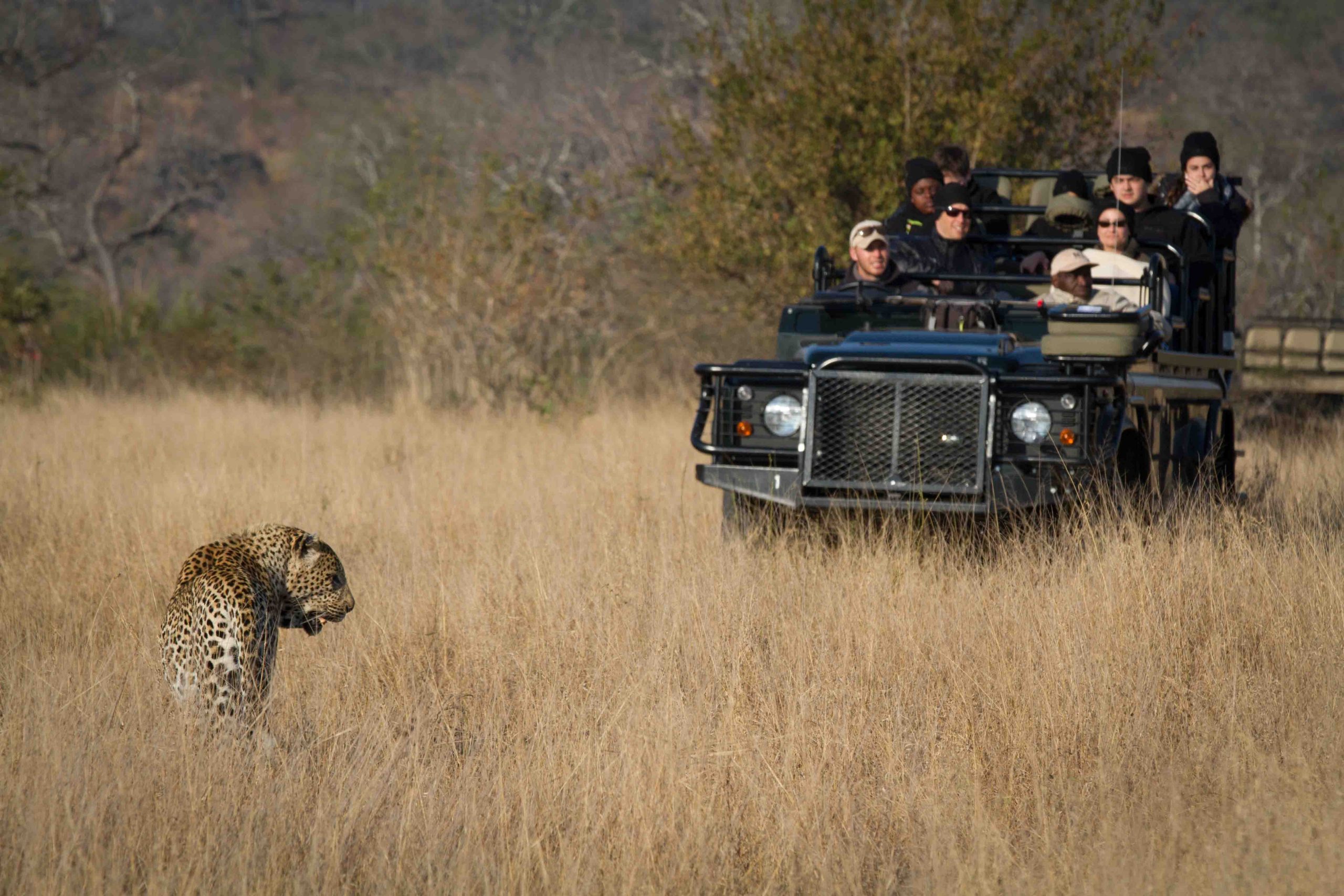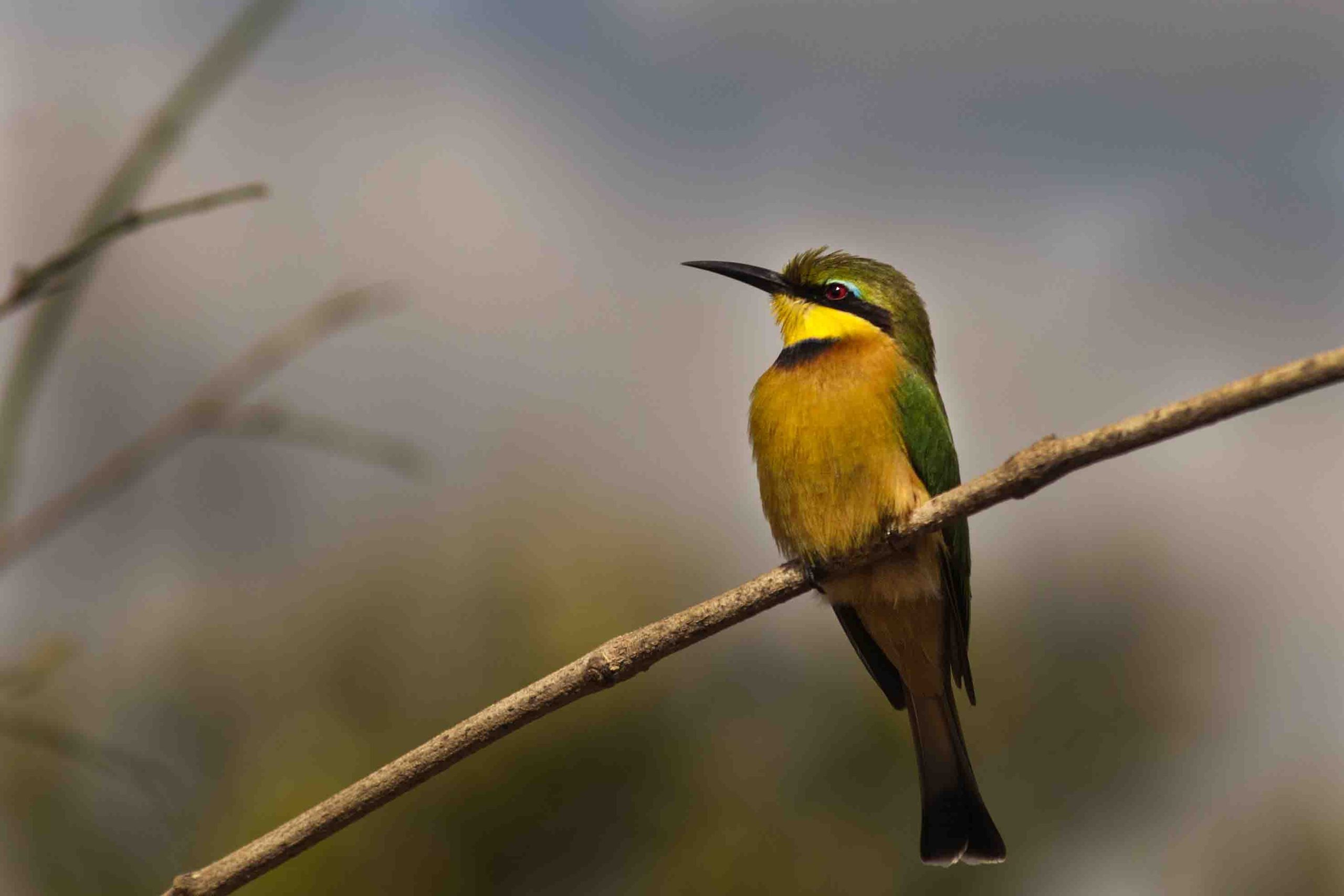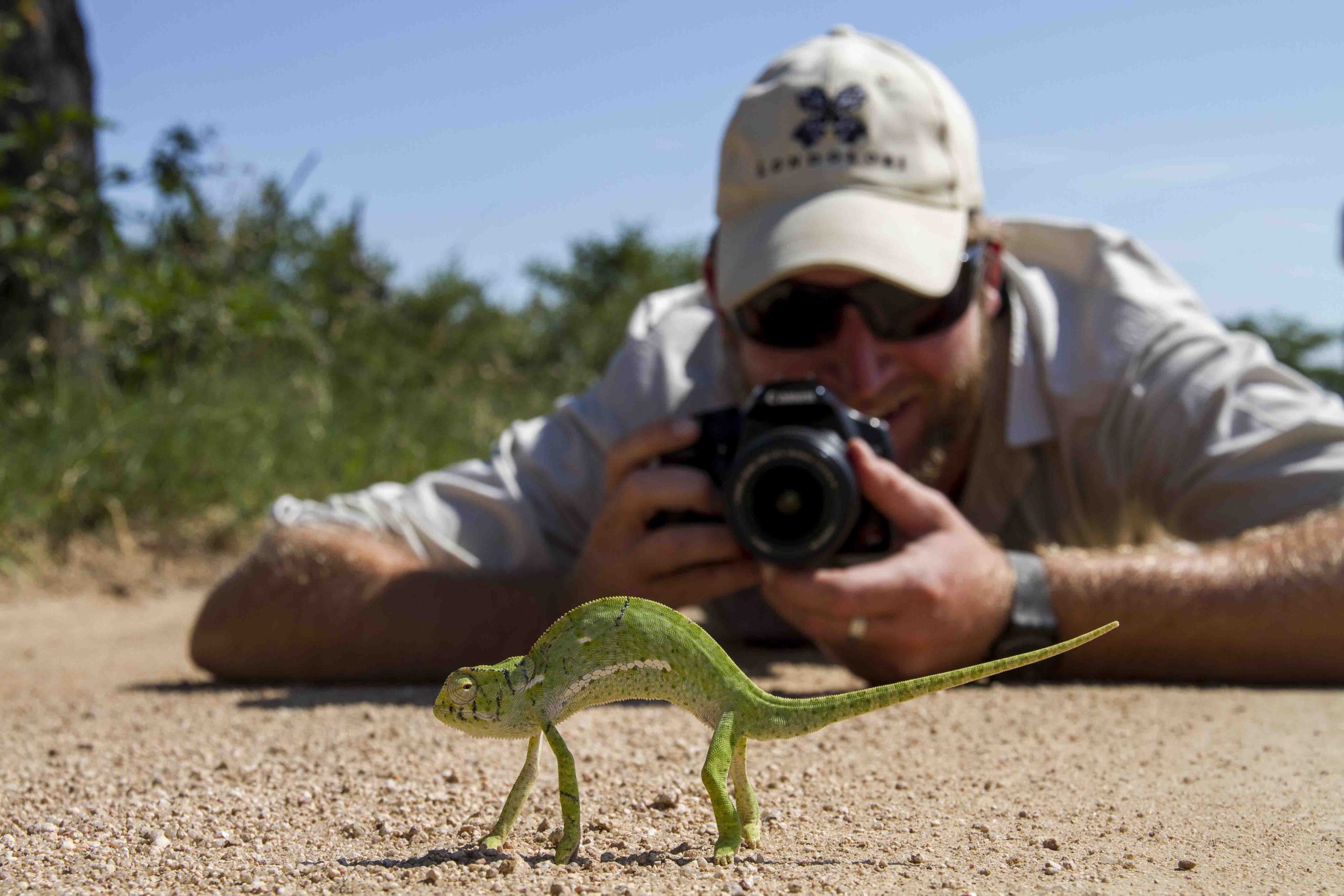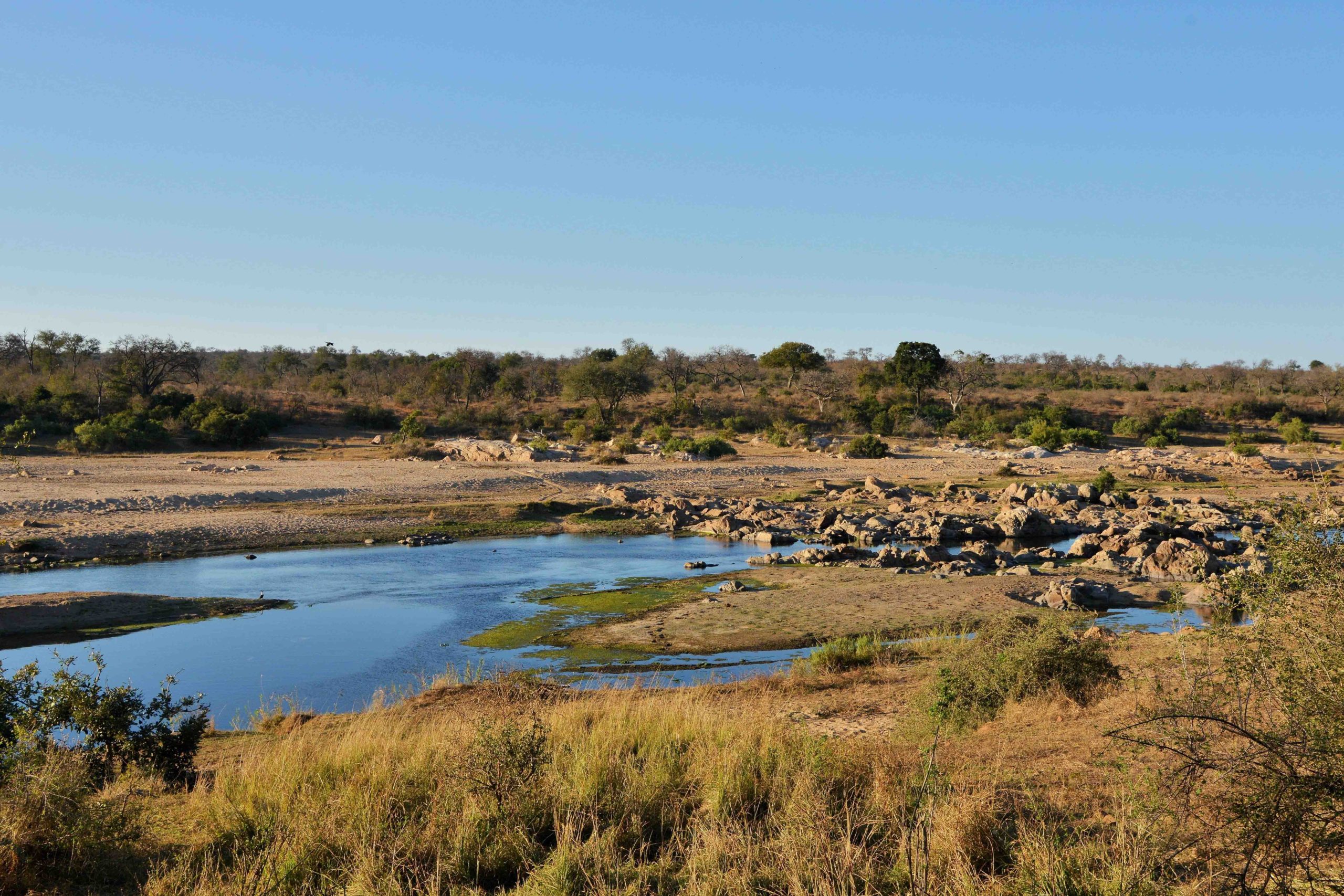What will I experience?

Entering the park is exhilarating, everything is new and exciting and the anticipation of your first safari begins to build. The sights and smells alert you to a different world, a change in scenery from the concrete and tar that brought you here, this is nature’s domain and you are about to be a guest
in one of her most splendid environments.
The air is crisp and refreshing and the prospects for seeing wildlife in its absolute element are endless.
You start your first game drive, staring into the surrounding brush, straining your eyes for the slightest hint of movement, trying to imagine the outline of a giraffe, her elegant neck curving and reaching as she daintily picks the green leaves from between the thorns of an acacia tree’s iconic canopy.
Read More
An impala springs into view, disrupting your imagination and raising your heartbeat. Graceful in each movement what first was one, is now many, a herd of impala leaping and grazing in turn. Reluctant to leave these beautiful animals you slowly continue your journey deeper into the park.
Moments later someone in the group lets out a gasp, no sooner have you heard it then your line of sight is filled by the vast wrinkled grey skin of an elephant, huge in every way, the sheer size of the animal is as unexpected as it is magical. Flapping ears and lolling trunk, you wonder at the serenity of this mighty animal. Your senses and emotions begin to peak in the presence of such beauty and strength, then like a knife, an unfamiliar, primal sound cuts through the air.
There can only be one animal that could have produced the low rumbling roar, a lion. Your safari vehicle begins to move again, your guide’s trained eyes move from point to point, seeking for signs of where the roar might have originated. He points, fresh spoor, almost imperceptible to the untrained eye, but there it is, a paw print larger than your own hand. You swallow to slow your heartbeat as the guide points again, this time you see nothing as you scan the brush. Suddenly a figure becomes apparent in the tawny grass, a few metres away stands the king of the beasts. Tears prick at your eyes as the joy and awe overcomes you, unimaginable in every way, this moment is one that will live with you forever.
Whether it is your first safari or you are a frequent visitor to some of Africa’s incredible reserves, the moment you come face to face with a lion is always unforgettably special and incomparable to any other experience, it is truly breathtaking.
Tell me more
Located in the northeast of South Africa, Kruger National Park is one of Africa’s largest game
reserves and covers an area of 19 485 square kilometres (7 523 square miles). Parts of the park were first protected by the South African government in 1898, and the region became South Africa’s first national park in 1926.
Kruger National Park also forms part of the Great Limpopo Transfrontier Park along with the Gonarezhou National Park in Zimbabwe and the Limpopo National Park in Mozambique. This peace park allows animals to travel freely between the three countries without
fencing to separate them. The Limpopo River to the north, and the Crocodile River to the south, act as natural boundaries for the Kruger National Park.
The park’s plant life and vegetation is divided into four main areas within the park, namely the thorn tree and red bush-willow veld between the western boundary and the centre of the park, south of the Olifants River, in this area Combretums and Acacias dominate, while there are also a large number of marula trees present. In the eastern half of the park lies the knob-thorn and marula veld, which provides the most important grazing land for wildlife, red grass, buffalo grass, knob-thorn, leadwood and marula trees are prominent in this region. The red bush-willow and mopane veld lies in the western half of the park, north of the Olifants River and is characterised by the presence of red bush-willow and mopane trees. Most of the north-eastern part of the park is made up of the shrub mopane veld.
The park is home to all of the Big Five animals, namely elephant, leopard, lion, rhino and buffalo, and with 147 different species, it has a wider variety of large mammals than any other reserve in Africa. A notable species in the park is the African wild dog which is endangered, and with only around 400 of these animals left in South Africa the park is an important refuge for the species. Kruger National Park is also home to a wide variety of birds including 253 resident species, 117 non-breeding migrant species and 147 nomadic species. The Big Six bird species can all be found in the park, they are the lappet-faced vulture, martial eagle, saddle-billed stork, kori bustard, ground hornbill and the rarely seen Pel's fishing owl. A number of reptile, amphibian and insect species are also present, adding to the incredible biodiversity of the park.
When should I go?
The Kruger National Park is considered to be a year round destination, and depending on what you would like to experience it can be divided into two distinctive seasons.
For wildlife viewing the dry winter season, which runs from May until October, is considered to be the best time to visit. During this time vegetation is sparse which allows for easier game spotting and following. Permanent water sources also allow for excellent sightings. Game drives and walking safaris are extremely rewarding at this time of year. From June until August there is little to no rain and days tend to be warm with lovely cool evenings. At the end of the dry season in September and October temperatures can become uncomfortably hot, but animal concentrations around water sources reach their highest, and this is often considered to be the best game viewing time in the park.
From November the summer rains begin to arrive, peaking in January and February before ending in April. This green season is characterised by beautiful lush landscapes and excellent photographic potential. Wildlife viewing is still good and with a number of baby animals present, predator activity tends to be high. Bird watching during this time is very good as a number of migratory species are present. It is also an ideal time to visit Kruger National Park if you are planning to combine your trip with a visit to one of South Africa’s beautiful beaches.
Gallery




CAMPS

